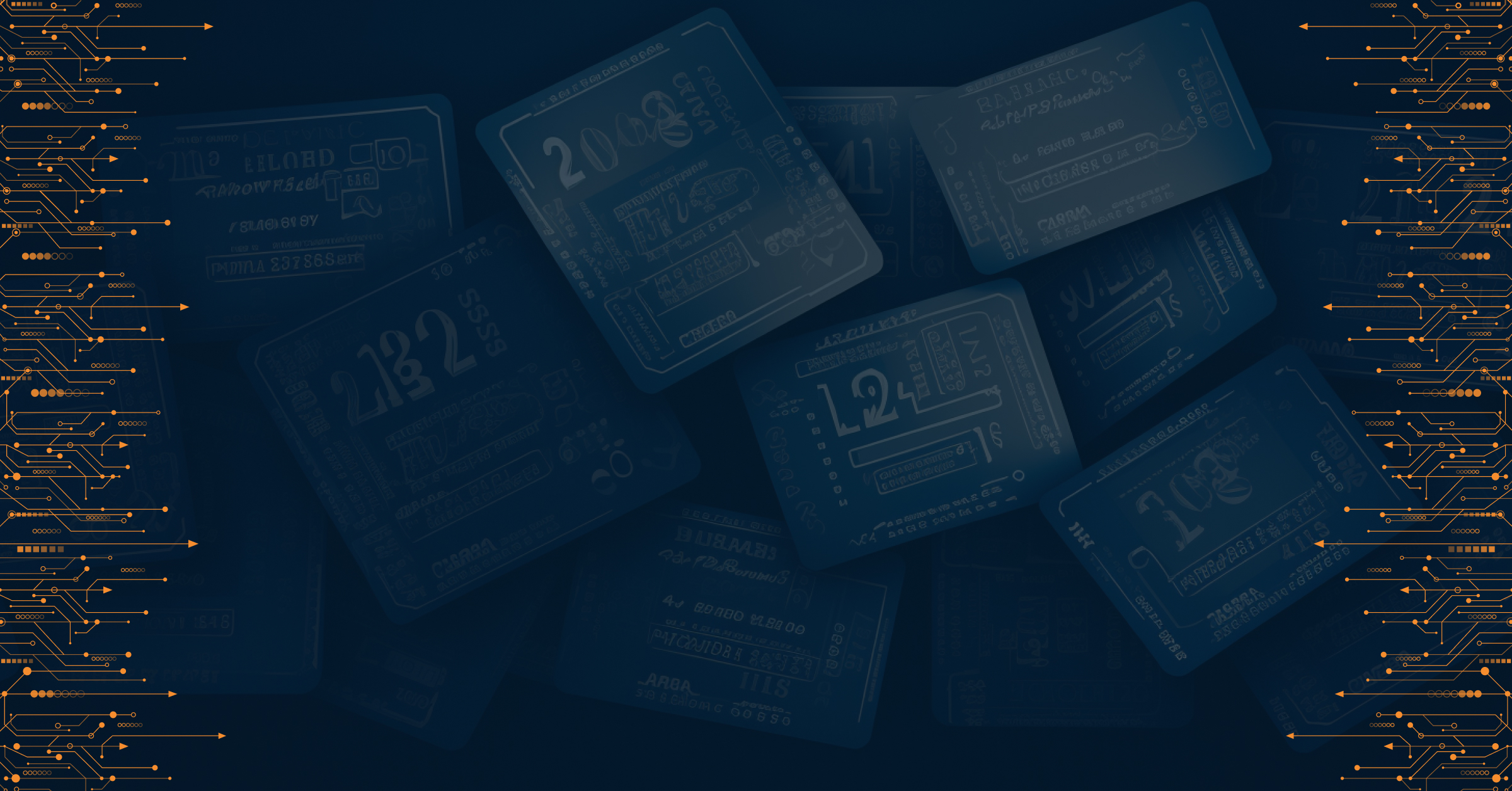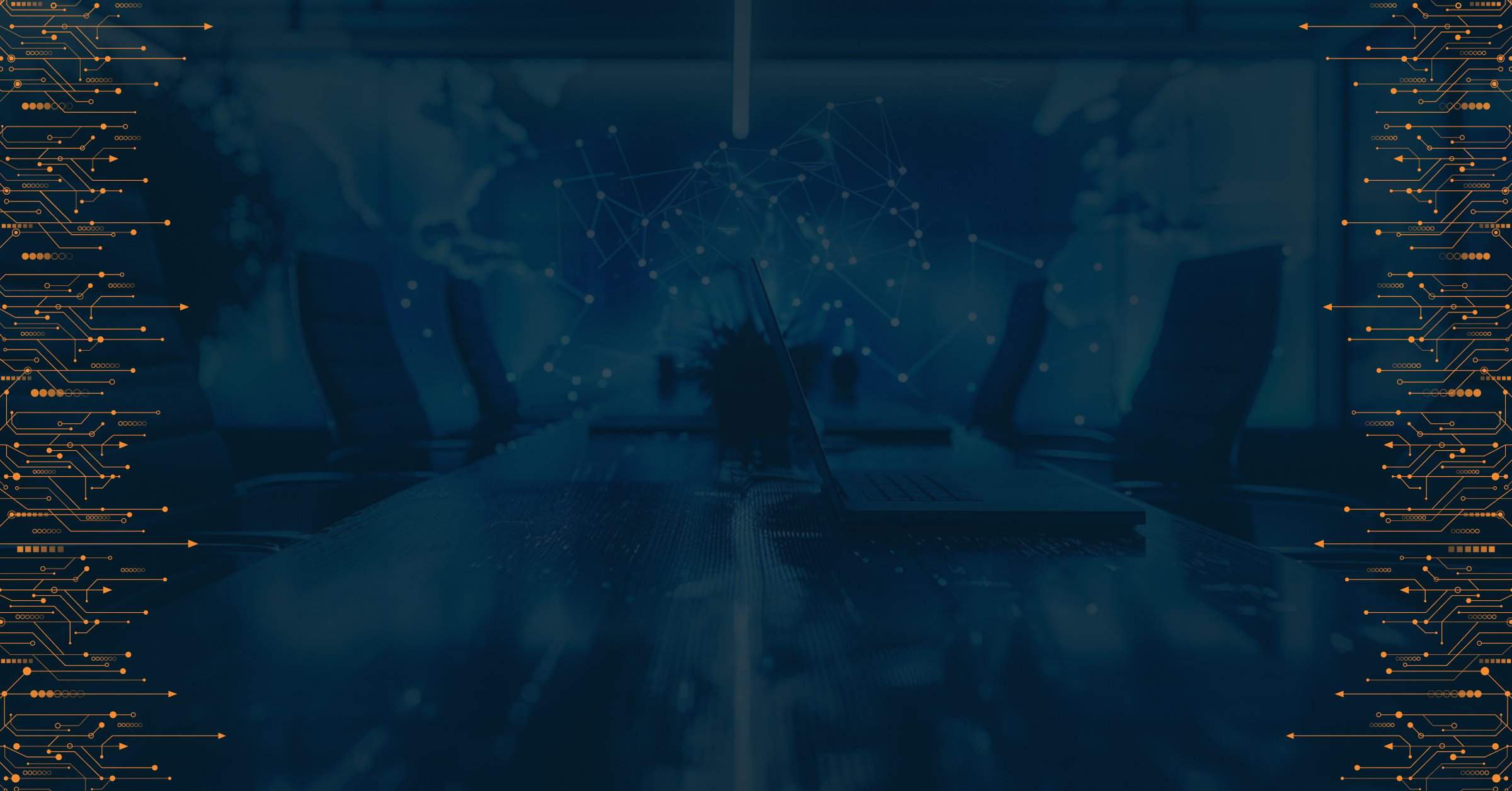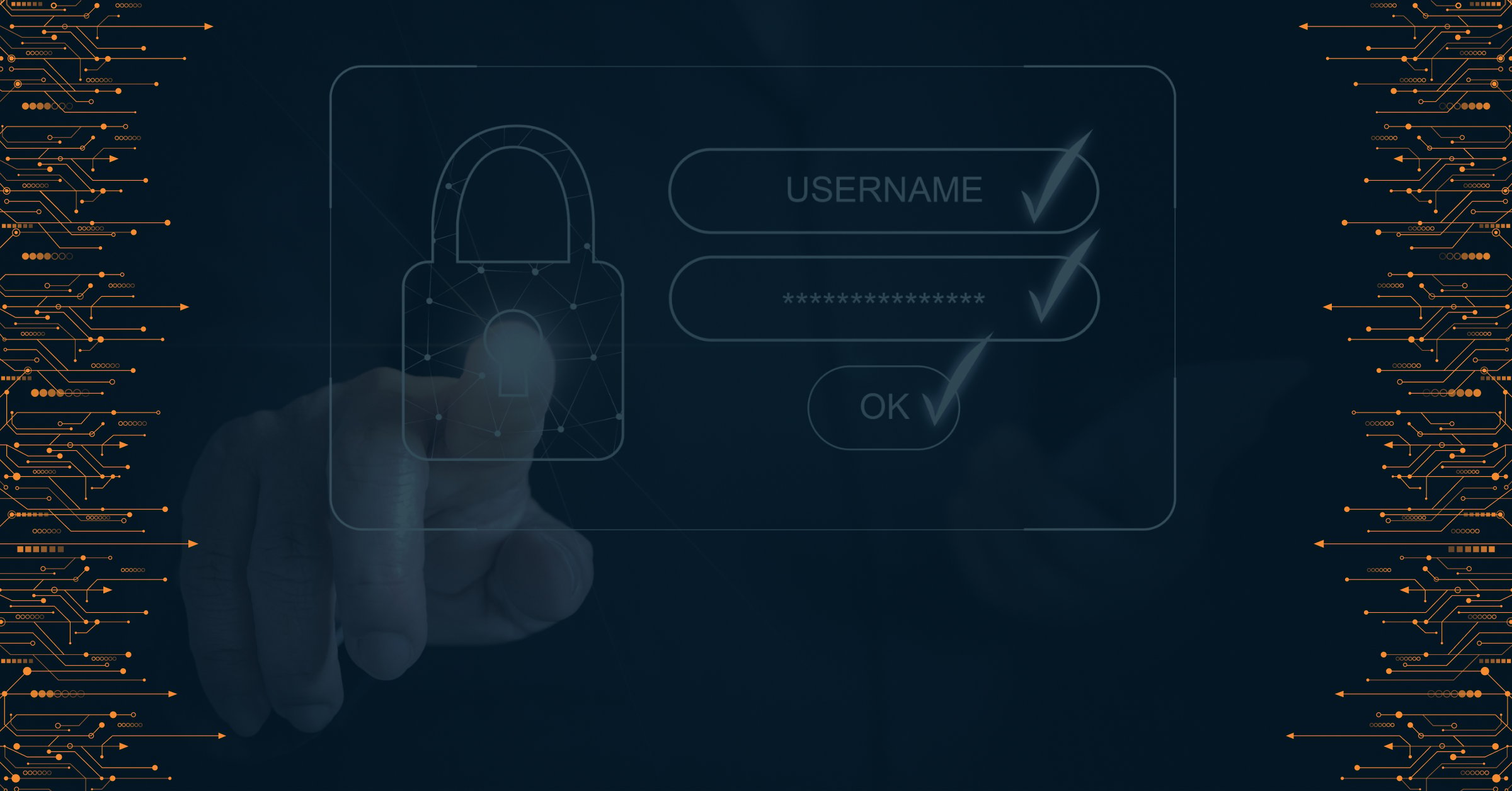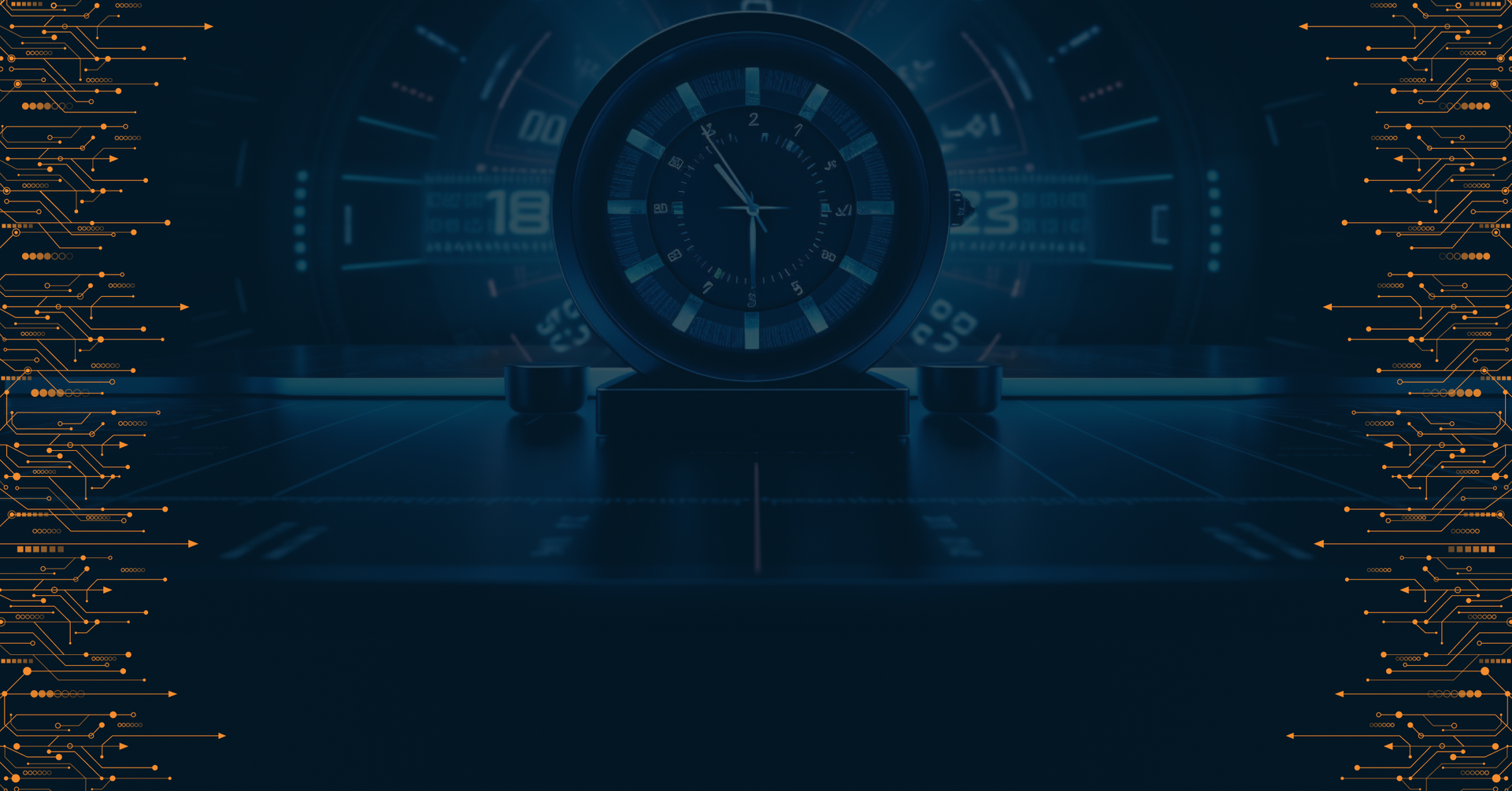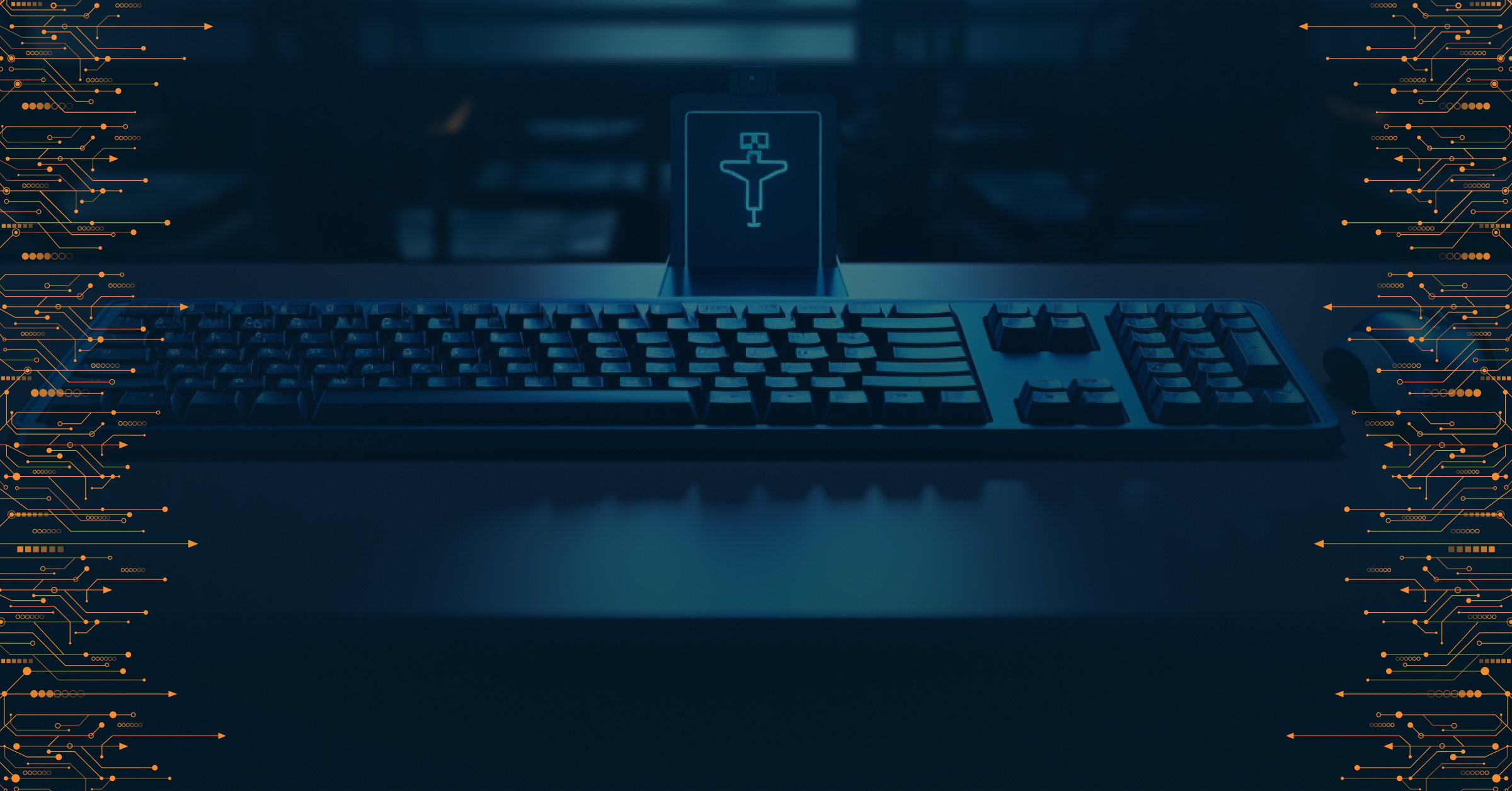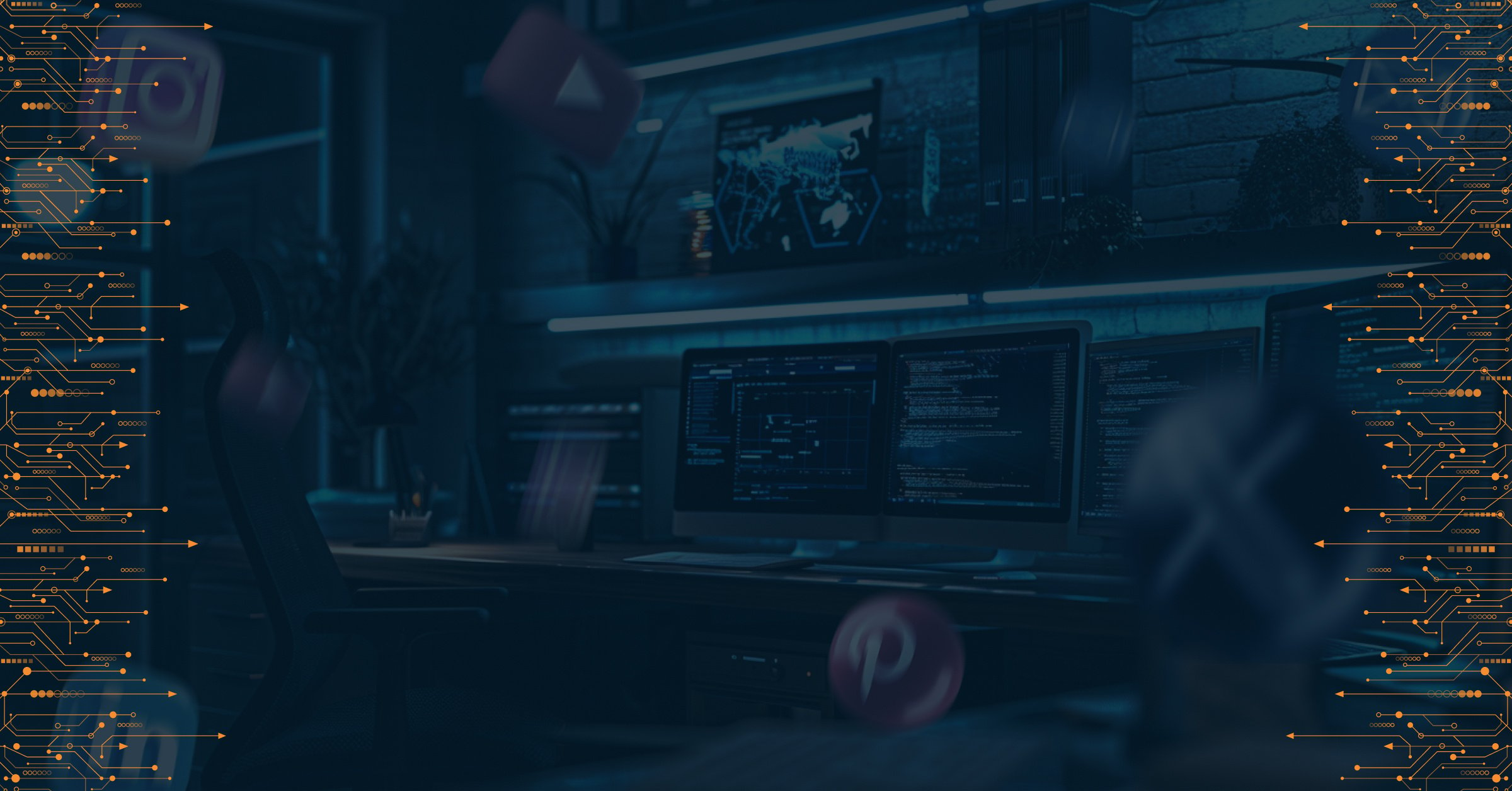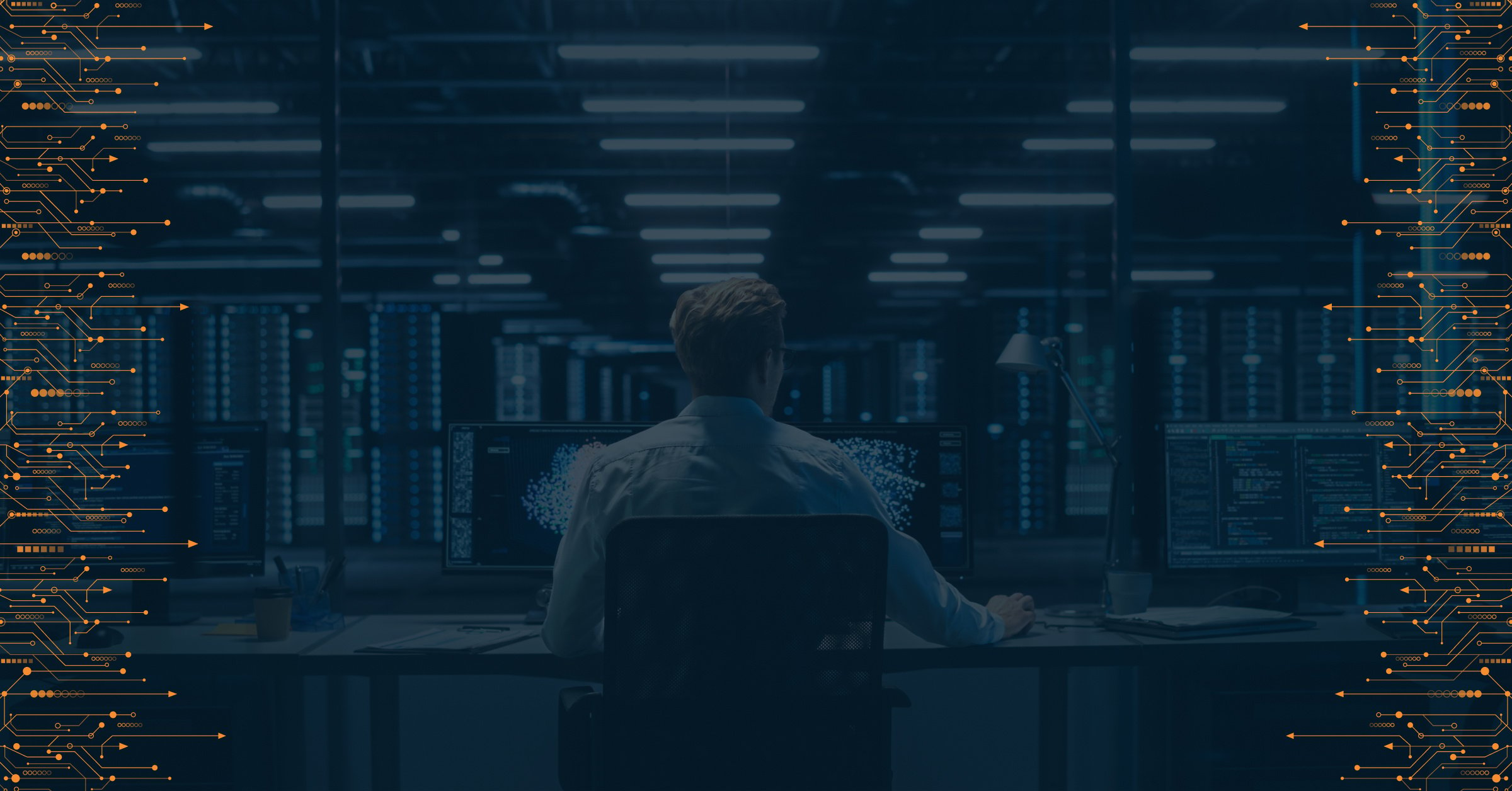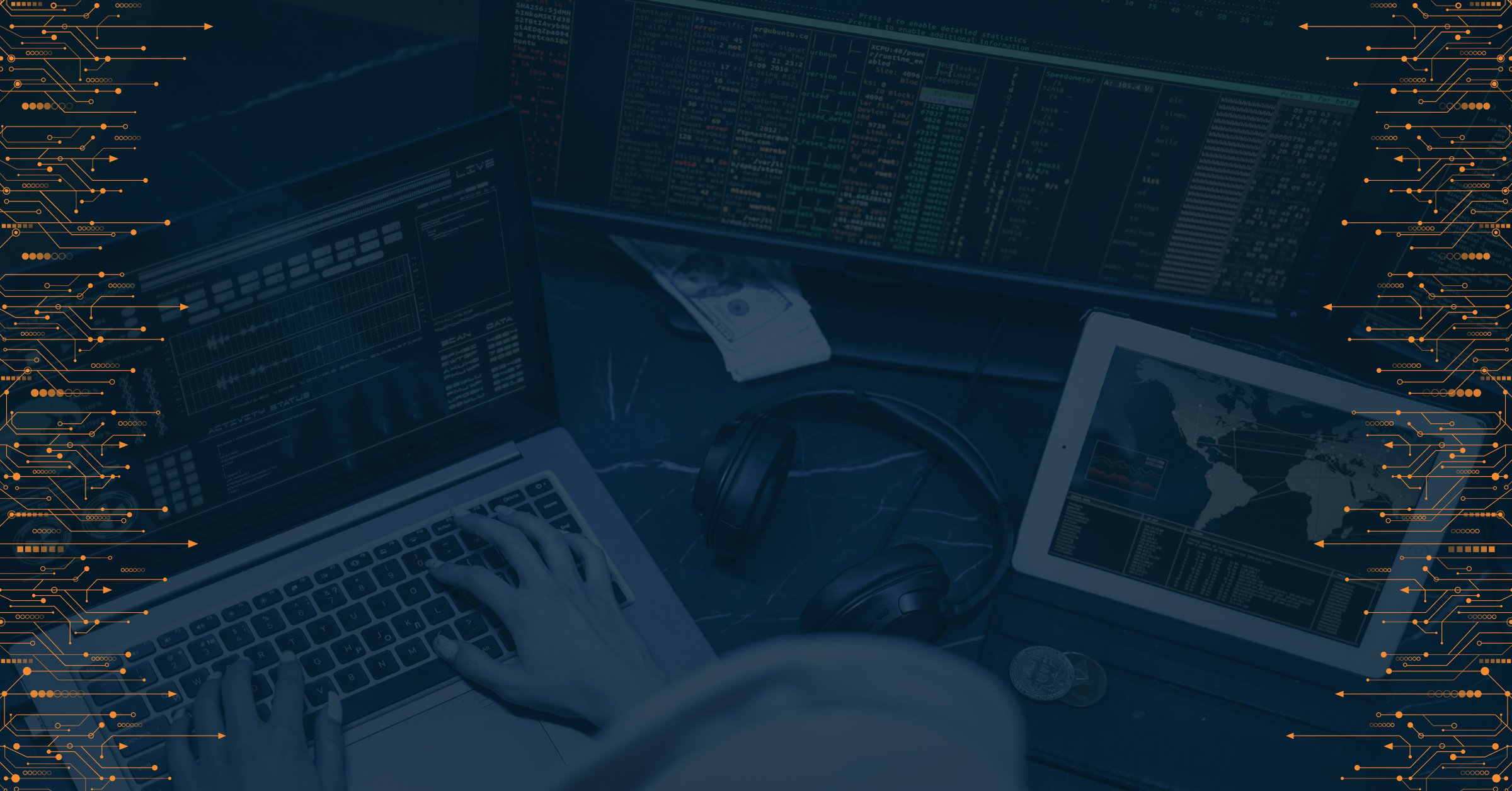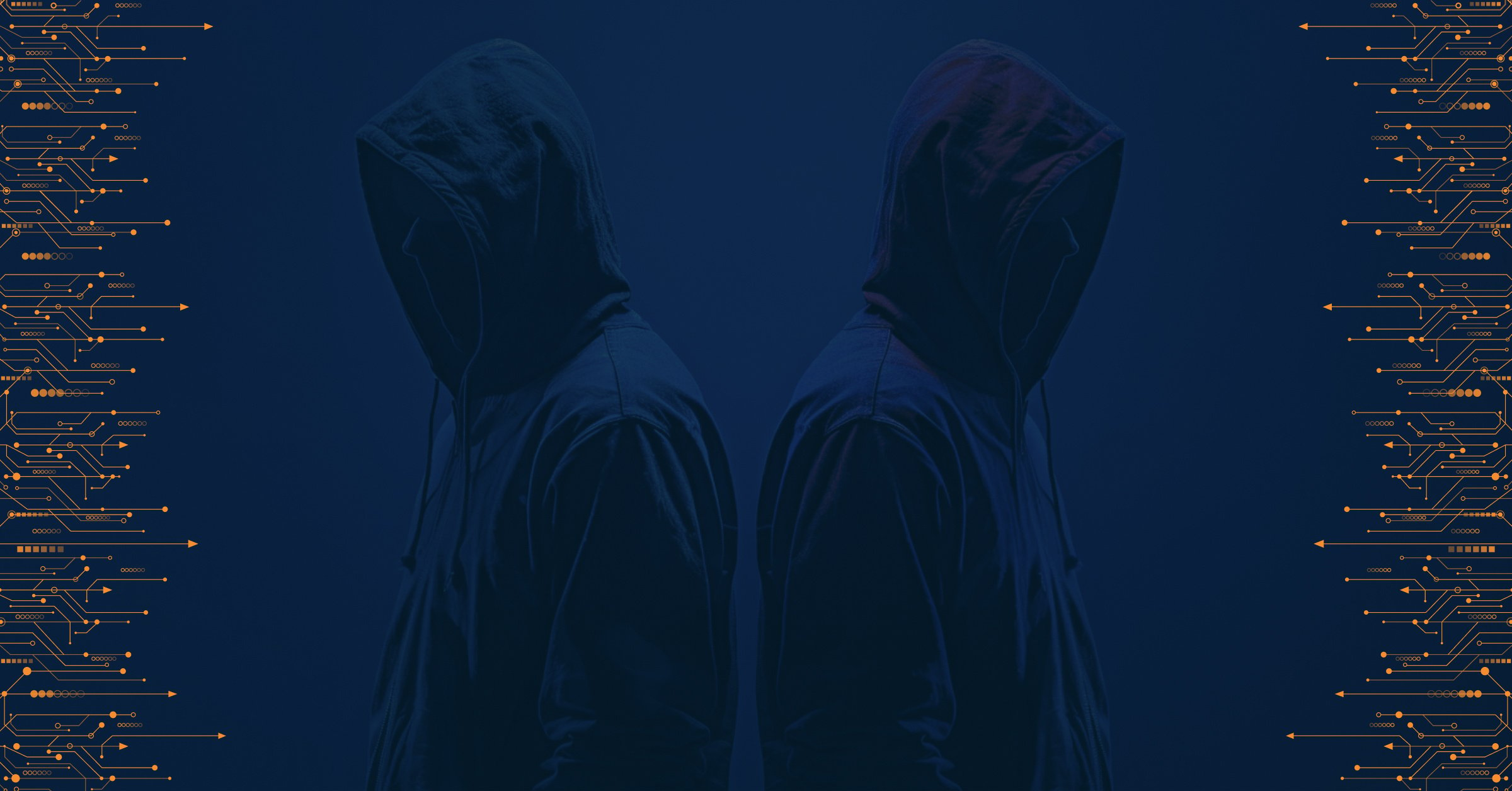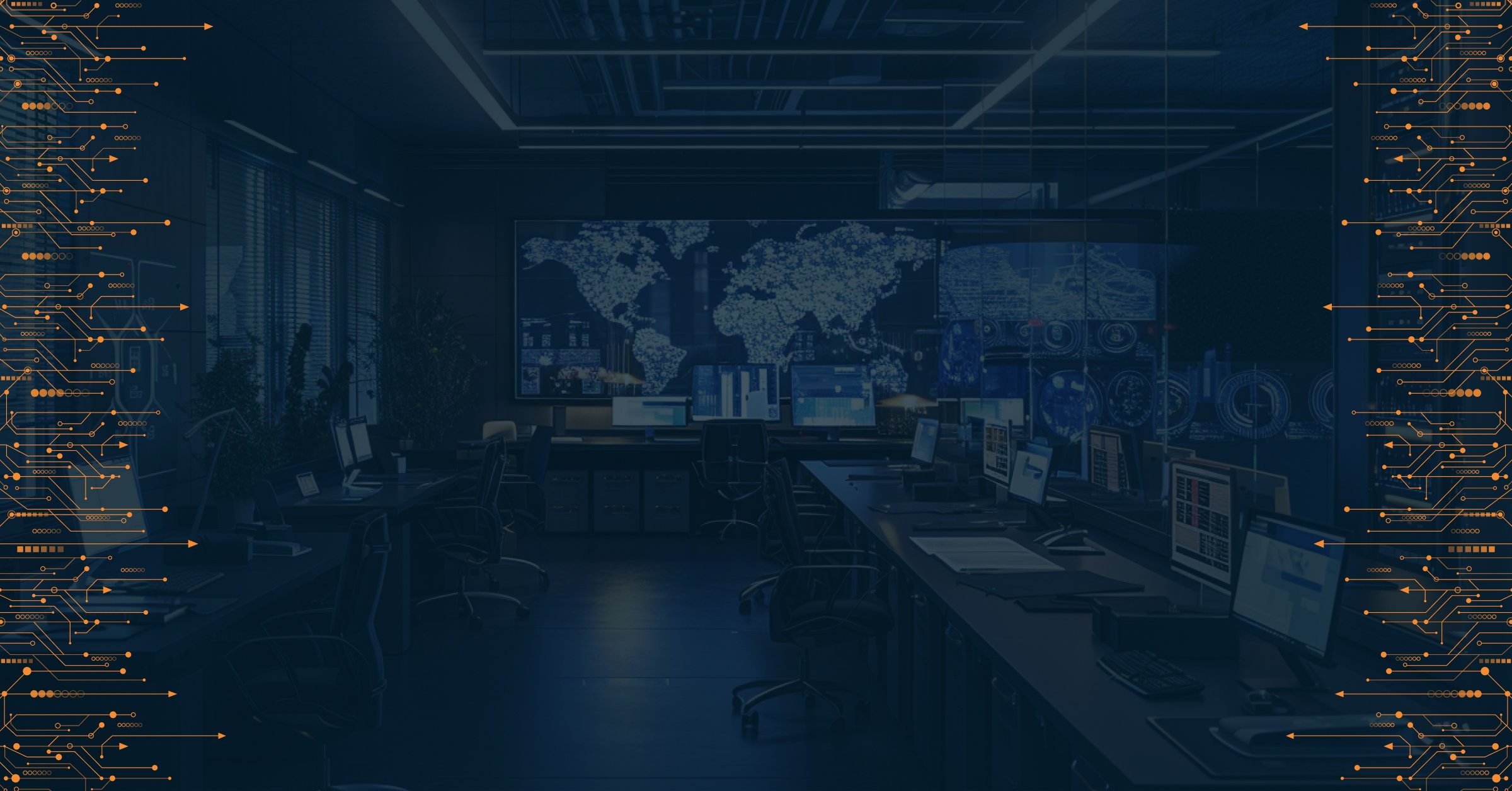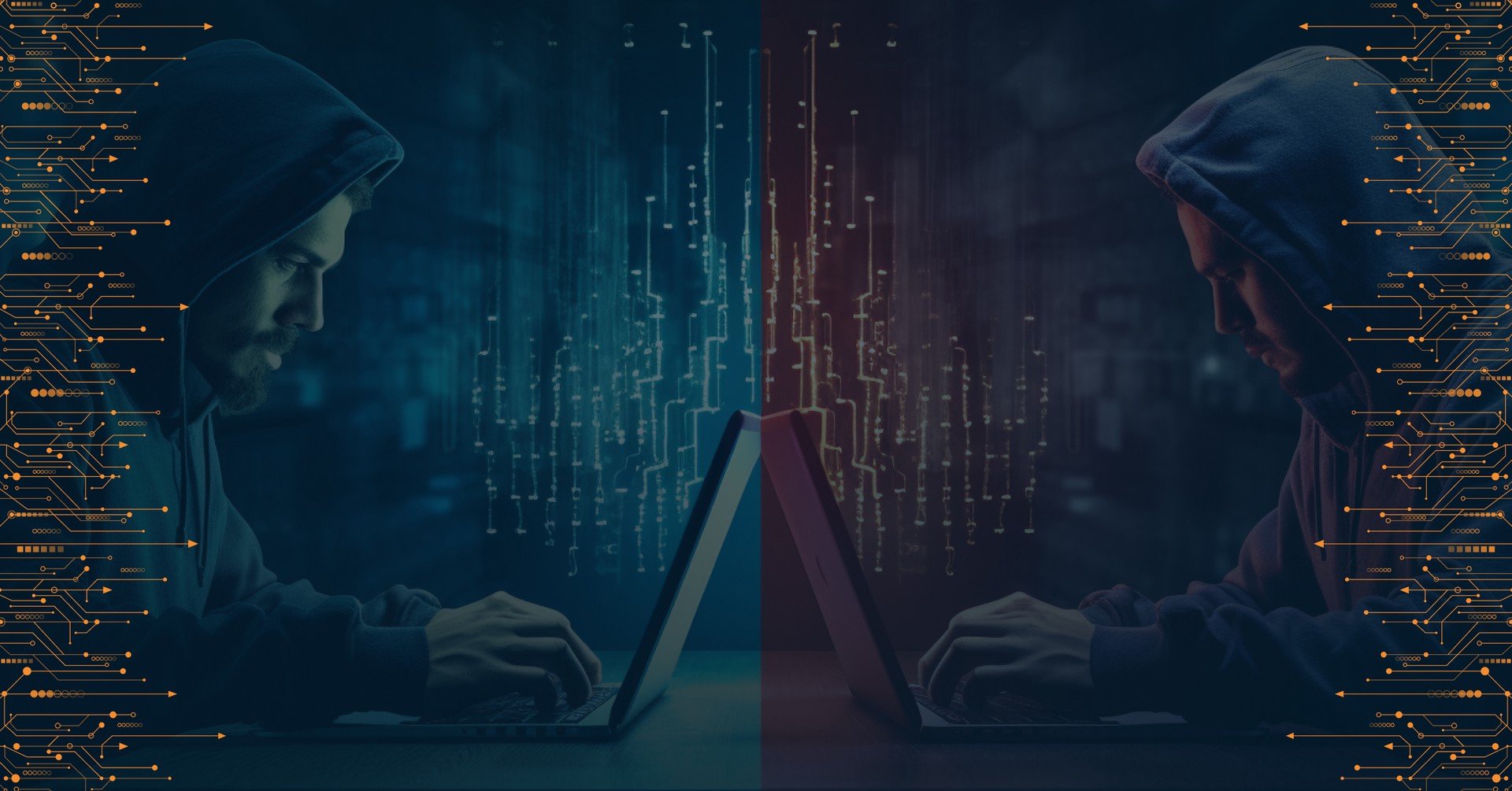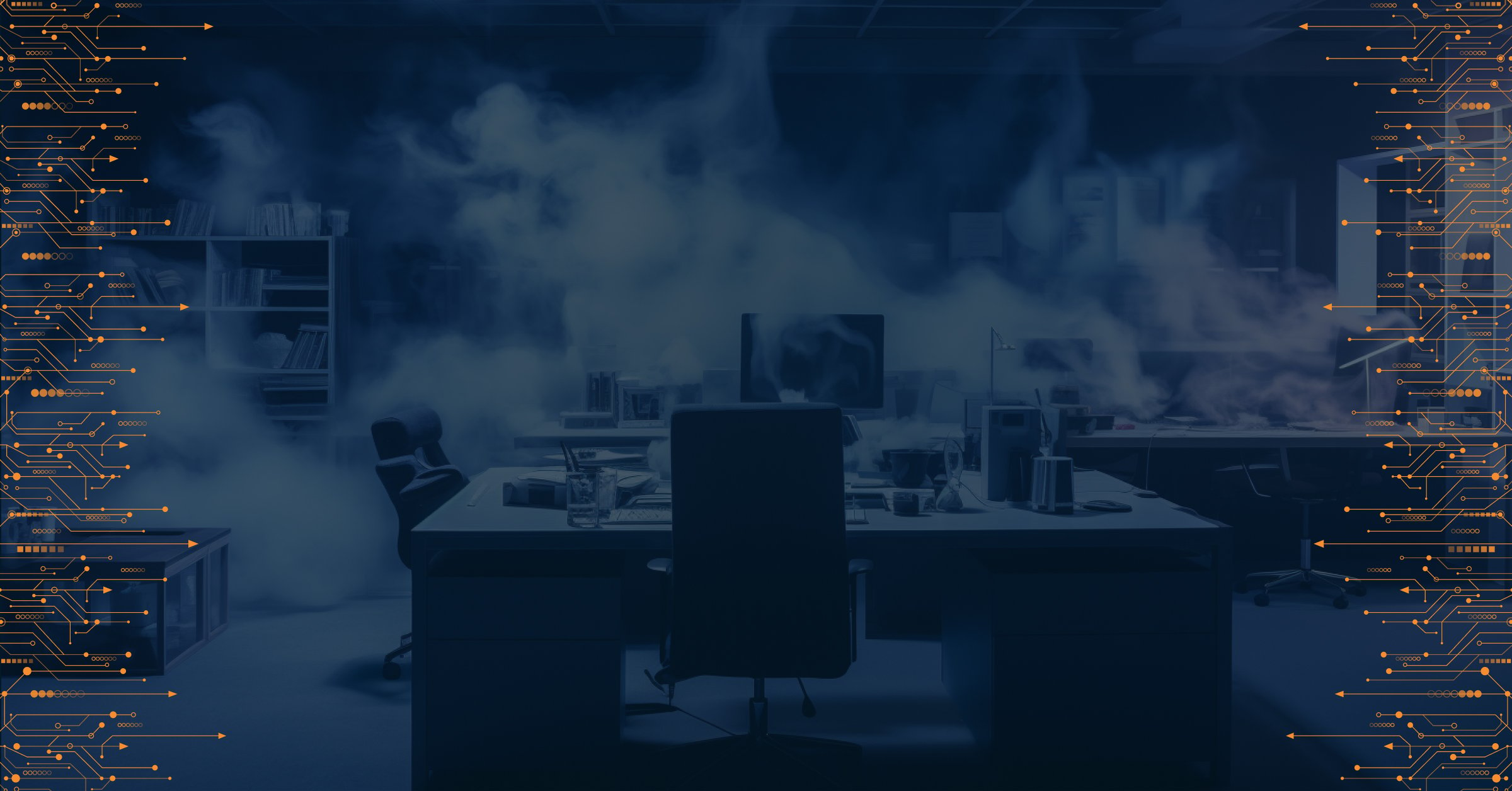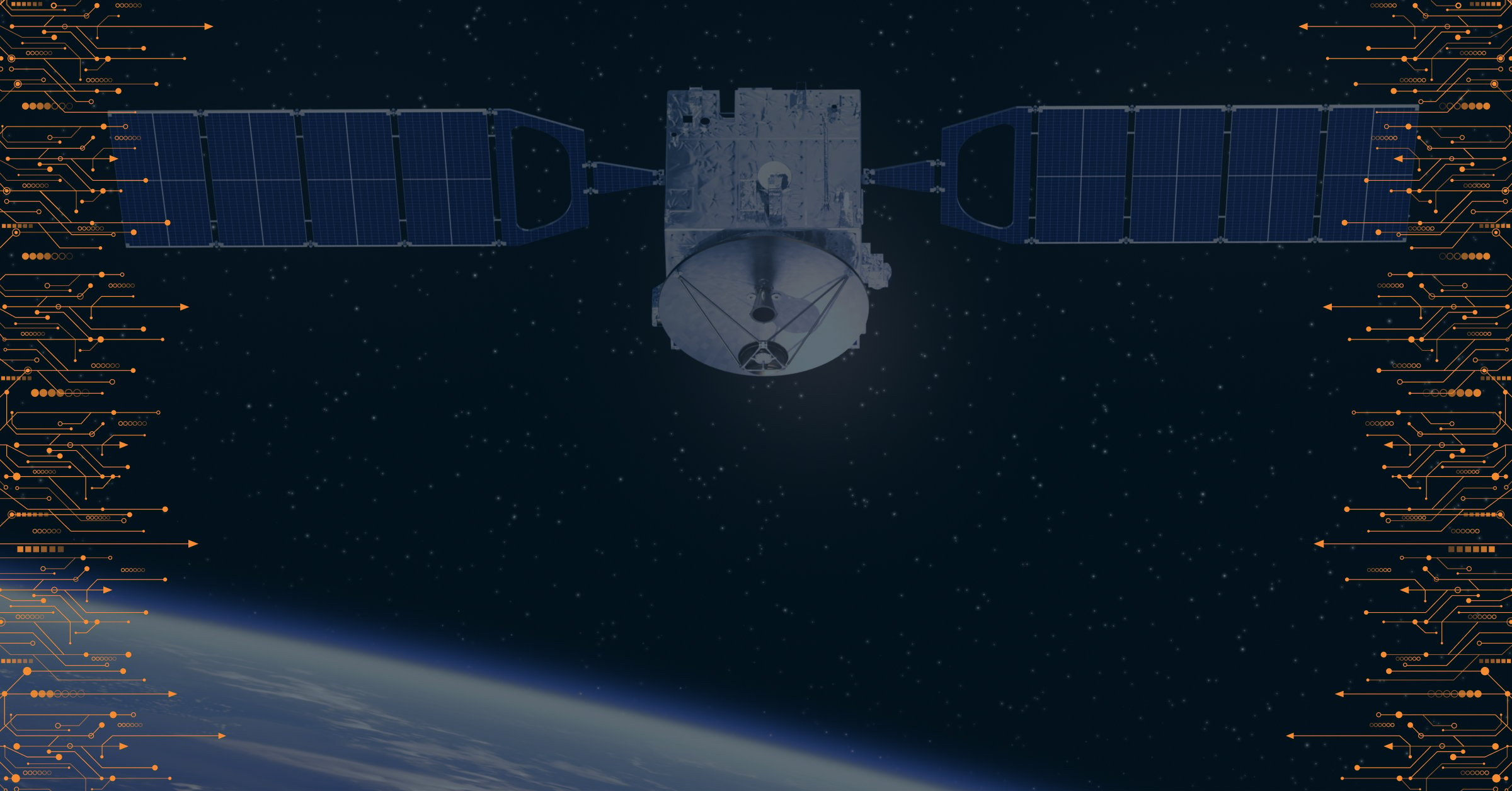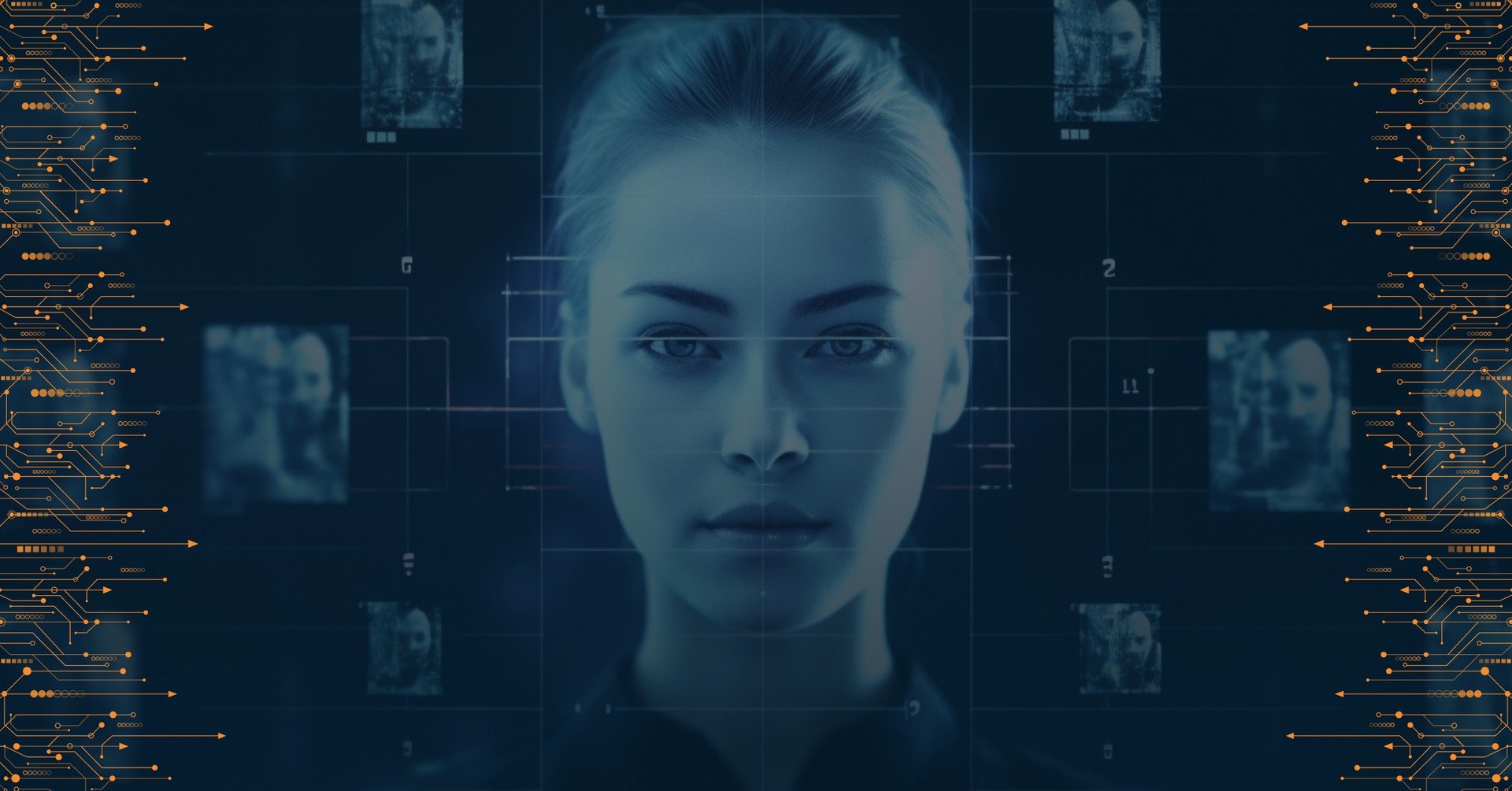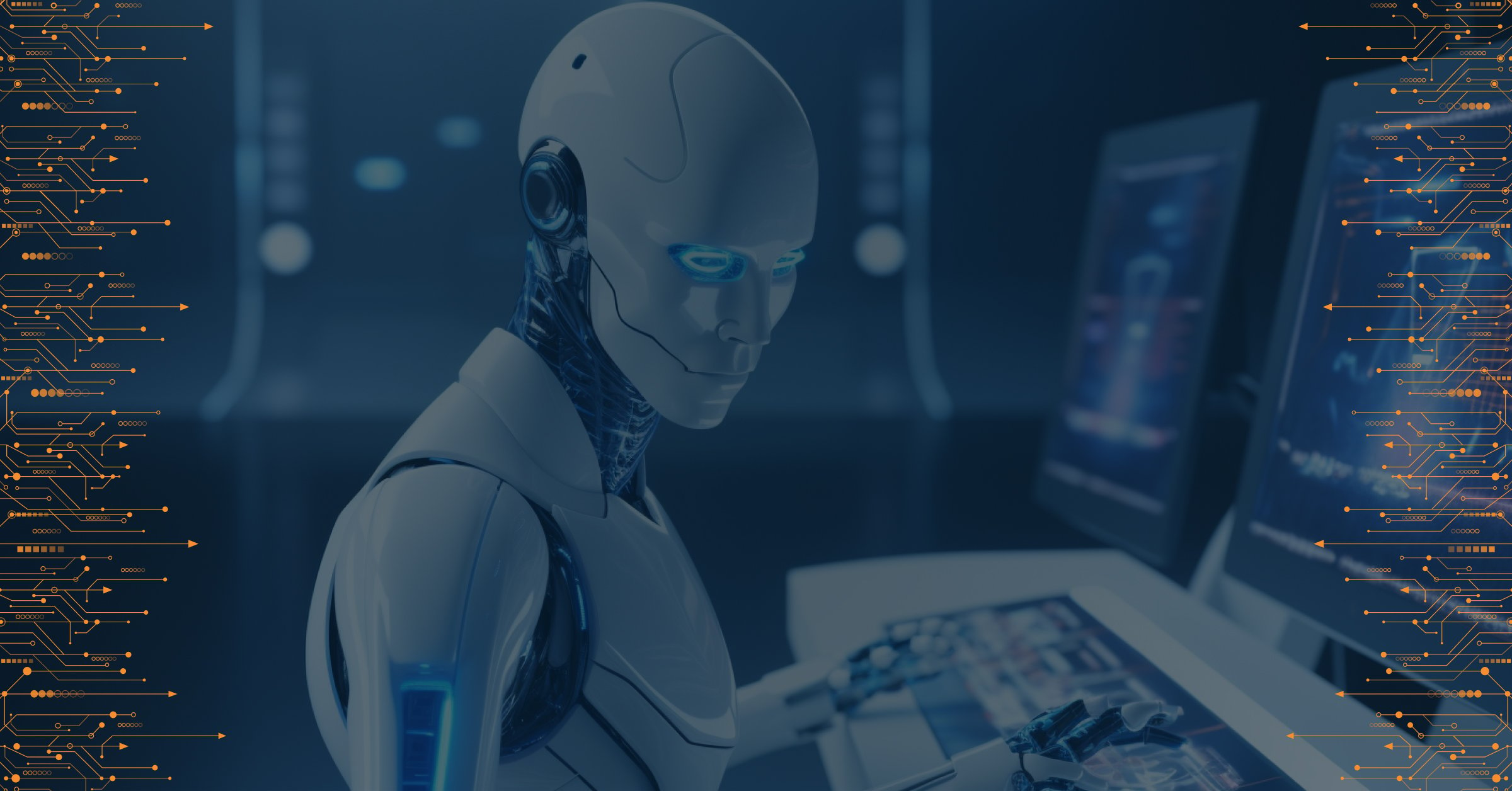Here's the fact: over 81% of company data breaches occur due to poor passwords. There's a reason why Alice Henshaw enjoyed a whopping 80% success rate in guessing 14 million business passwords.
What is more, research found that 51% of employees use the same password for their work and personal accounts. But here's the good news: multi-factor authentication can block over 99% of account compromise attacks, blocking malicious actors from moving past the barrier.
By making it tricky for cybercriminals to crack your codes, multi-factor authentication secures your systems and data from harm. This article will delve into what multi-factor authentication is, how it works, and its primary types.
Furthermore, we'll unveil the evolution of multi-factor authentication and the risks and challenges businesses need to know:
A Quick Glance at Multi-Factor Authentication
Before we discuss how MFA is advancing to protect businesses from malicious cyberattacks, let's cover the basics. Multi-factor authentication is a revolutionary technology that encourages folks to verify their identity using two or more authentication methods.
Moreover, MFA combines multiple credentials from independent authentication categories, such as biometric validation or security tokens, to provide users access to their accounts. By combining two or more access requirements, multi-factor authentication makes it challenging for fraudsters to bypass security.
Besides, by requiring users to validate their identity with a thumbprint, physical hardware, or security tokens, MFA decreases the likelihood of successful malware attacks. The result? It enhances your business and personal account security.
How Does Multi-Factor Authentication Work?
Multi-factor authentication works by requiring users to validate their identity through one or more methods in addition to a traditional password. So, it adds a new layer of security, deterring cybercriminals and keeping your organization safe from malicious attacks.
Furthermore, different MFAs verify identities in different ways, making it significantly challenging for fraudsters to compromise business or personal accounts.
What are the Different Types of Multi-Factor Authentication?
There are numerous methods for multi-factor authentication, and the list is ever-growing! Here, we'll explore the 2 most common types:
~ Biometric Verification
Biometric authentication verifies your identity using a fingerprint, iris scan, or facial recognition. As everyone has a unique face and fingerprint, this MFA approach offers better protection.
However, it's not completely foolproof, and if your biometric information is leaked, it opens doors for further exploitation.
~ Email/SMS Token Authentication
Email or SMS token authentication involves validating user access by entering a code sent by the application via email, SMS or a code generated directly in an authenticator application. While it's a fast and convenient way to authorize your identity, the SMS or email options are also less secure, as attackers can hack your email address or intercept your SMS.
Thus, you must protect your email with a complex password with two-factor authentication.
The Evolution of Multi-Factor Authentication: How Security Has Transformed
Multi-factor authentication can be considered a sophisticated version of two-factor authentication, offering a revolutionary solution to safeguard sensitive data. Here's a look at how MFA has evolved to protect businesses from growing cyber threats:
The Beginning: From 1990s to 2000s
The fact is that multi-factor and two-factor authentication have been on the market for over twenty years. While the origins of 2FA are up for debate, most people agree it was invented in the late 1990s and caught on in the mid-2000s.
As more organizations learned the need to be security-conscious, they started integrating two-factor authentication solutions to secure their online accounts. What's more, the popularity of smartphones in the mid-2000s encouraged more businesses to adopt 2FA.
Modern-Day MFA: From the 2000s to the 2010s
As organizations and employees worldwide became open to the idea of using MFA, malware attacks, data breaches, and hacks transformed into a significant cyber threat. Take, for example, the data breach of Sony Picture Entertainment and the U.S. OPM that shook the business world to its core.
Consequently, in early 2016, former President Obama wrote an editorial calling attention to the fact that passwords were no longer enough to protect businesses and their confidential data. As a result, the former President kickstarted a new campaign, accelerating the advancement of multi-factor authentication and encouraging users to secure their accounts.
Next Gen MFA: From the 2010s and Onwards
Today's cutting-edge multi-factor authentication combines multiple elements, including knowledge, possession, inherence, and location, to verify a person's identity. With multiple factors of authentication, this innovative technology makes it tricky for cybercriminals to slip past the gaps undetected.
Moreover, state-of-the-art multi-factor authentication methodologies offer companies better security than conventional passwords, requiring you to verify access through 'something you are,' such as your fingerprint or face. In addition, MFA may combine 'something you are' elements with 'something you have' to ensure protection and ease.
Besides, as multi-factor authentication evolves, its future is shaping to be even more exciting. Think AI-powered biometric authentication systems that ease the burden on users by detecting your identity.
Risks and Challenges of Using Multi-Factor Authentication
While multi-factor authentication is a fantastic way to enhance your business and personal security, it's not a silver bullet. There are numerous approaches cybercriminals and fraudsters use to bypass MFA requirements, leading to data loss, identity theft, and compromised systems.
For instance, MFA verification solutions relying on SMS create vulnerabilities that malicious actors can exploit. As these messages are unencrypted, cybercriminals can use malware attacks to intercept and uncover the authentication code, resulting in massive data and financial loss.
In addition, technical attacks involving malicious viruses, Trojans, and pop-up ads utilize a smartphone's accessibility features to provide hackers access to install malware on your system. After that, these hackers reverse-engineer the MFA flow to extract credentials and mimic your identity.
Furthermore, many malicious actors use social engineering to trick their target users into divulging confidential data. Cybercriminals typically contact a specific individual's mobile service provider, impersonating their identity to receive the message intended for the user, allowing them to bypass the security barrier and gain access.
The Bottom Line
Multi-factor authentication is an efficient yet overlooked cybersecurity strategy. No matter which MFA method you choose, remember to enable it for your business and personal accounts to protect confidential information
While multi-factor authentication has its weaknesses, businesses still need to implement it to add an extra layer of security. However, when implementing MFA, remember to use more secure forms, such as biometrics or a password manager, to decrease the likelihood of a successful cyberattack.

PRODAFT Team
Stay up to date
Browse Posts
Browse by topics
- Cybercrime awareness (15)
- Cybersecurity for Businesses (10)
- Risk management (7)
- Cybersecurity Tips (6)
- Digital safety (6)
- Proactive Threat Intelligence (6)
- Cyber threat protection (5)
- Cyberattacks (5)
- Risk intelligence (5)
- Threat Prevention (5)
- Data Protection (4)
- Network Security (4)
- Phishing (4)
- Supply chain risks (4)
- TTPs (4)
- Artificial intelligence (3)
- Critical network infrastructures (3)
- Malicious websites (3)
- Malware (3)
- Social engineering (3)
- Data breaches (2)
- Insider Threats (2)
- NIS2 Directive (2)
- Ransomware (2)
- CISOs (1)
- Cryptocurrencies (1)
- Cyber espionage (1)
- Cyber extortion (1)
- Cyber fraud (1)
- Cybersecurity Collaboration (1)
- DDoS Attacks (1)
- Deepfakes (1)
- DoS Attacks (1)
- Fake social media (1)
- Incident Response (1)
- Internet of things (1)
- Money Laundering (1)
- Multi-factor authentication (1)
- One-day vulnerability (1)
- Remote Work (1)
- Stealers (1)
- SystemBC (1)
- The Cyber kill chain (1)
- Threat Intelligence solutions (1)
- Tor browser (1)
- Traffic Distribution System (1)
- Zero-day vulnerability (1)
- dark web (1)
- deep web (1)
- keyloggers (1)
- social media (1)
- spoofing (1)
- threat detection (1)

